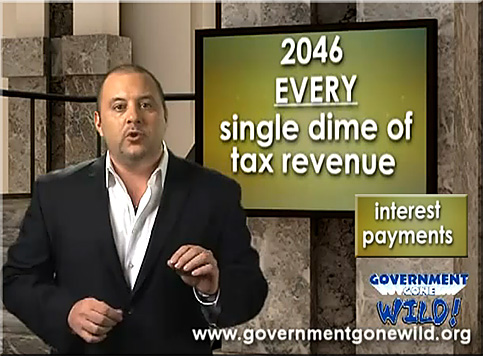Fixing Debt — from InsideHigherEd.com by Kevin Kiley
Excerpt:
Colleges and universities don’t like uncertainty, and right now they’re facing a lot of it. No one knows how long it will take the economy to recover to pre-recession levels. The government’s sovereign credit rating, once ironclad, is under review for potential downgrade. And people aren’t even sure if, in less than a week’s time, the government will be able to pay its bills. Nobody knows what the national fiscal picture means for higher education. The current drama in Washington over the debt ceiling has only exacerbated several years’ worth of economic uncertainty that led colleges and universities to convert variable-rate debt — a potentially volatile form of borrowing in which the interest rate can change weekly depending on the market — to fixed-rate debt. They purchased the variable-rate debt in droves because of historically low interest rates; shifting to fixed-rate debt will come at a price. But doing so provides somewhat more stability, no matter what happens in Washington — even if the worst unfolds and the government defaults, one of several factors that could send variable rates soaring.
















